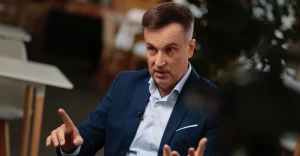
Russian soldiers attack Bakhmut like cockroaches - they are being destroyed, suffer huge losses, but they do it again - fighter "Salam"
The presenter of the Espreso TV channel, Iryna Koval, has talked to Yevhen Kozhernov, a fighter of the combined tactical group Adam, with the call sign "Salam". He informed about the situation in Bakhmut, the work of the UAV group, and what the military needs most at the front
Combined tactical group Adam, where Yevhen Kozhernov serves, is named after commander Yevhen Mezhevikin, colonel of Ukraine's Armed Forces, Hero of Ukraine, and legendary ‘cyborg’ defender. It was formed of volunteers in the first days of the war during the defense of the Irpin and Bucha towns. After the liberation of the Kyiv region, the fighters recaptured Ukrainian lands in the Zaporizhzhia, Kharkiv, Luhansk, and Donetsk regions. The group, as a rule, performs the most difficult tasks — in the most difficult directions.
I want to start our conversation with you precisely by telling our readers what kind of unit you have, what exactly it does, and what combat path it has already taken.
We are a group of UAV operators, consisting directly of UAV operators and a support group, this is the backbone of our unit. But as a rule, we interact with other units: with infantry, mechanized tank units, and with artillery, but our main task (our main purpose) is conducting reconnaissance, that is, we are so-called UAVs.
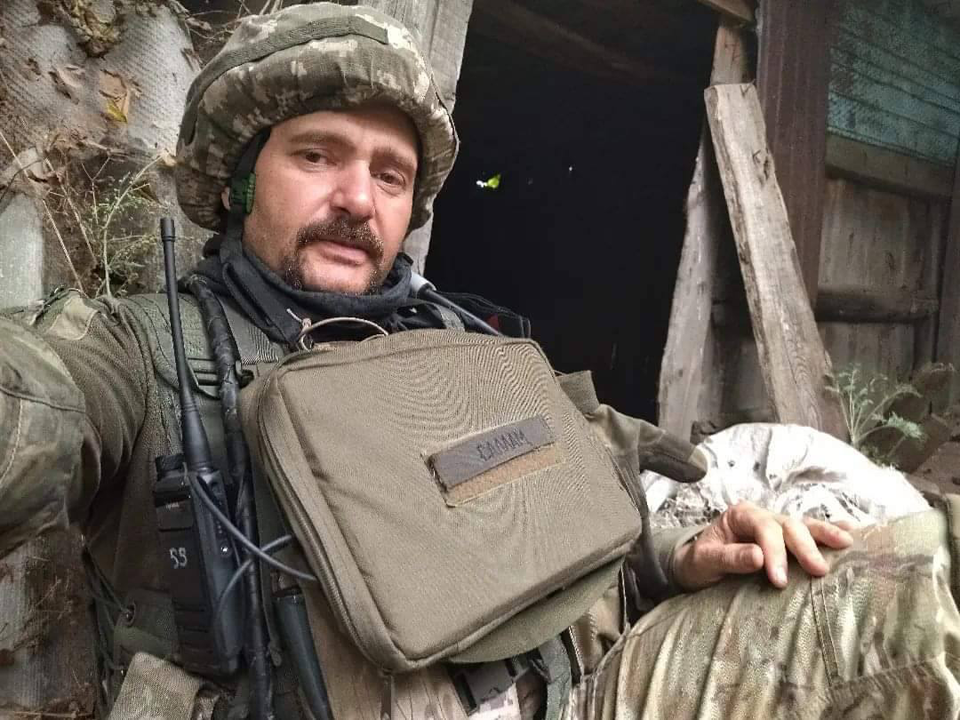
The unit was formed at the beginning of the full-scale invasion, in February, when our commander, Colonel Yevhen Mezhevikin, a hero of Ukraine, took two training tanks of the National Defence University of Ukraine named after Ivan Cherniakhovskyi and went to liberate Irpin. Then, probably, the backbone of our group began to form. Unfortunately, I was abroad then. I can't tell much about that period, because I was more involved in rear support, providing for guys from abroad. I joined the group when I returned to Ukraine at the end of March - beginning of April. And at that moment our group was already in Zaporizhzhia, after Zaporizhzhia there was Kharkiv for a long time. During the defense of Kharkiv, we were able to push the Russian forces a little further in the northern direction and push them away from Kharkiv itself. There was Bakhmut, in which we mostly spent the whole summer. We took part in the liberation of Balaklia, in the Balaklia operation, that is, the operation that started the liberation of the Kharkiv region. We liberated Yampil, which is south of Lyman — this was part of the liberation of Lyman, that is, it was the Lyman operation and we mostly work, we work like this in the Bakhmut direction. In Donbas, it just so happened that this is our main direction.
But our unit does not have a specific place where we operate, we are directed to where we are most needed.
What can you tell us about the Bakhmut direction? There are fears that the Russian forces will now try to transfer the troops from Kherson, where they fled.
The Bakhmut direction, after Lysychansk, has always been the most difficult, and now everyone calls it the most difficult direction, because it is a priority for the Russian army. I would say that they have political tasks, their political task is to "liberate" Donbas, to liberate, as they say, to "liberate". They are making every effort to seize Donbas.
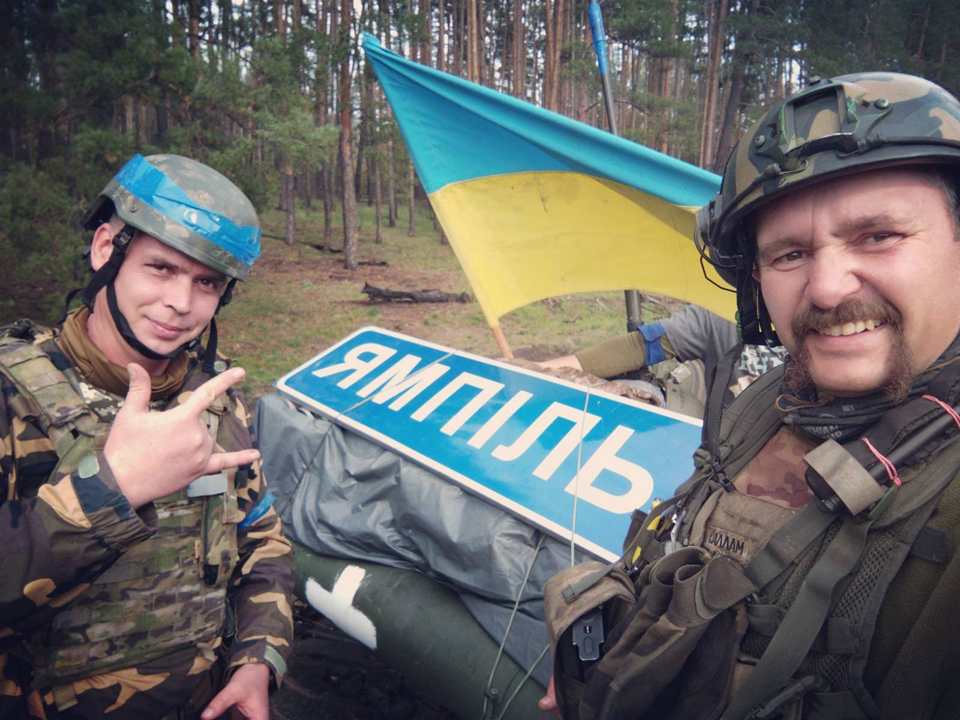
But I will tell you that the Bakhmut direction, I saw it in summer, I see it now - is changing and the nature of the fighting here is different. In the summer, the advantage of the enemy in artillery was felt here very sensibly, it was very difficult to work, they shelled everywhere and everything, and now the situation has changed significantly. I would say as a fighter who is directly on the ground, on the battlefield - we feel and thank our artillery - we feel the parity and sometimes the superiority of our artillery over the enemy's artillery. They no longer operate in such large mechanized groups as when they entered Lysychansk, where they formed columns of 15-20 vehicles and tried to storm. Here we see the enemy's infantry actions. They have already become much more careful, and it is felt that they already have much less means than what we saw in the summer. But all the same, the direction remains difficult. Because you can see very well from the sky, a lot, and if you describe artistically what is happening in the Bakhmut direction, it is very similar to an attack of cockroaches. When they crawl, they are being crushed, they are being destroyed, they suffer huge losses, but they crawl again, enter again, as well as create new groups. These groups are first discovered, destroyed, have great losses, and are followed by new, new, and new ones. I can't call it anything other than an influx of cockroaches.
The battles are tough, but it is impossible to say that the enemy here has achieved any serious success during these months. They advanced for a kilometer, they were repulsed for a kilometer there, and little by little they are slowly approaching Bakhmut, but it costs them a lot. Well, we are working on it.
Yevhen, send them home, it doesn't really matter to us if they go in black bags, or go in their cars, run away, but the most important thing is that we free our native land from this evil. We arranged this interview with you precisely in order to announce the fundraising. The fundraising that I, Iryna Koval, together with the Espreso TV channel, started in order to buy drones, which are so necessary for our military. Yevhen, I think that there is no person now who does not know or does not understand why unmanned aerial vehicles are needed precisely at the front, but just say a few words to our readers.
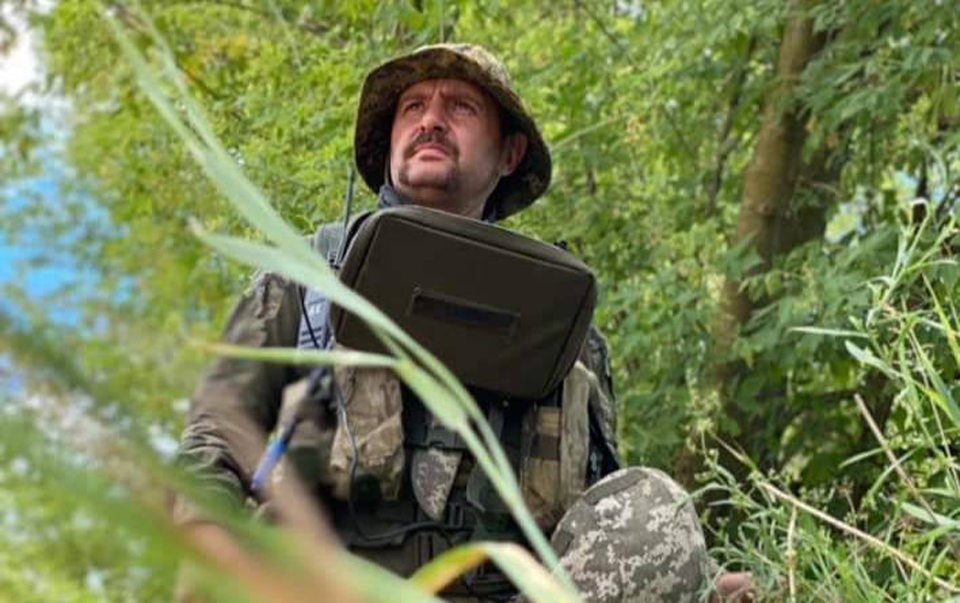
It is very difficult to overestimate the importance of the unmanned aerial vehicles in this war that we are fighting, that we are seeing. The drone can see the battlefield, the drone can see the enemy, the drone can see our forces, the drone can target artillery and other weapons, as well as aviation, mortars, whatever. From the point of view of troop management, the drone actually helps the command to see what is happening on the battlefield and increases the level of troop management on the battlefield. The drone itself is a weapon, we know that drones today drop various explosive objects on the heads of opponents and on equipment. There are 'kamikaze' drones that also destroy the enemy's infantry and equipment. I think that the advantage in unmanned aviation today is one of the key factors that allows us to have much lower losses than the enemy and to operate much more effectively on the battlefield. And we are working to not only preserve this advantage, but also multiply it.
Daylight is getting shorter and the drones we use today are mostly the MAVIC 3 that are blind at night. And the day is very short, and at night the enemy has the opportunity to relax. We believe that this is unfair to give rest to the enemy either during the day or at night, that is why we need MAVICs with thermal cameras, that is, with thermal imaging cameras, which will allow us to work in the dark time of the day, which is now becoming very long. And this is very, very, very, very ... I don't know how to evaluate such a contribution, if we can additionally get thermal cameras with drones - on your part, it will be a very serious contribution to our victory.
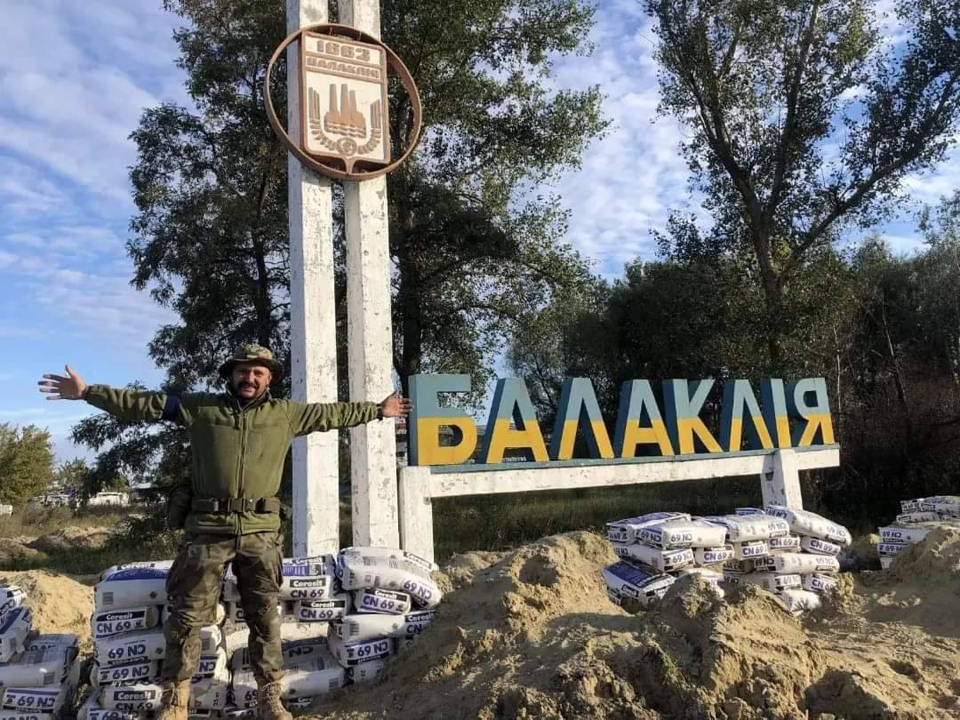
I want to thank you Yevhen, but maybe you can tell us, literally briefly, the story that you remember most when you were there in the east, and now you are there, which may please our readers and give them inspiration in order to once again understand how important UAVs are.
I remembered such a story — it's just a story that, when it happened, lifted my spirits a lot and gave me inspiration. It was an operation for Yampil, when it was already clear that our troops had entered Yampil, that Yampil was under our control and the clearing was beginning, even before sunset the command gave us the task of returning to the base. But on our own initiative, we decided to use an experimental drone that we had that could fly over long distances, flew 11 kilometers outside Yampil and suddenly saw a munitions depot and some Russian soldiers were nearby. The drone, unfortunately, could not return, but we raised more "birds" and this warehouse caught a beautiful fire. It caught fire very quickly, it burned so much that even at night, after driving for 20 kilometers, we could see the glow. It was so pleasant and so empowering - this story shows that our MAVICs, and drones in general, are consumables, they are wasted, unfortunately, but to exchange one drone for a whole munitions depot - we consider it economically beneficial.
Yevhen, I really want to thank you for today's conversation, to thank you for protecting us and for all that, for your incredible contribution, to convey a huge greeting from us to all your brothers. And I urge everyone to donate and join.
And I thank you, take care of yourself!
For effective work, the UAV group needs two professional drones, the total cost of one is USD 27,000. We appeal to everyone who can – to support the fundraising of TV presenter and volunteer Iryna Koval together with the Espreso TV channel.

- News









